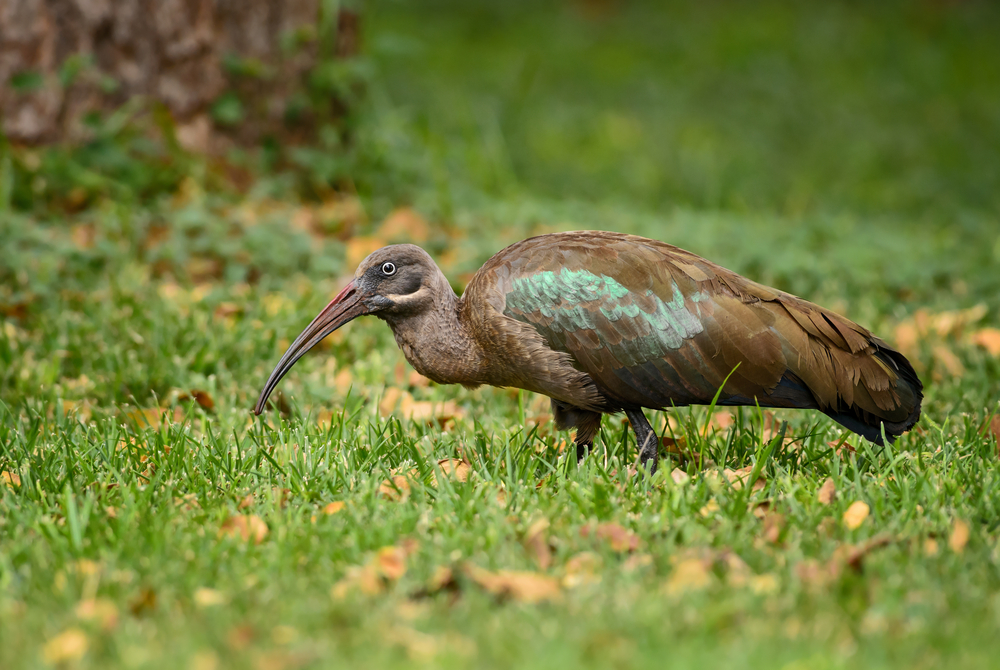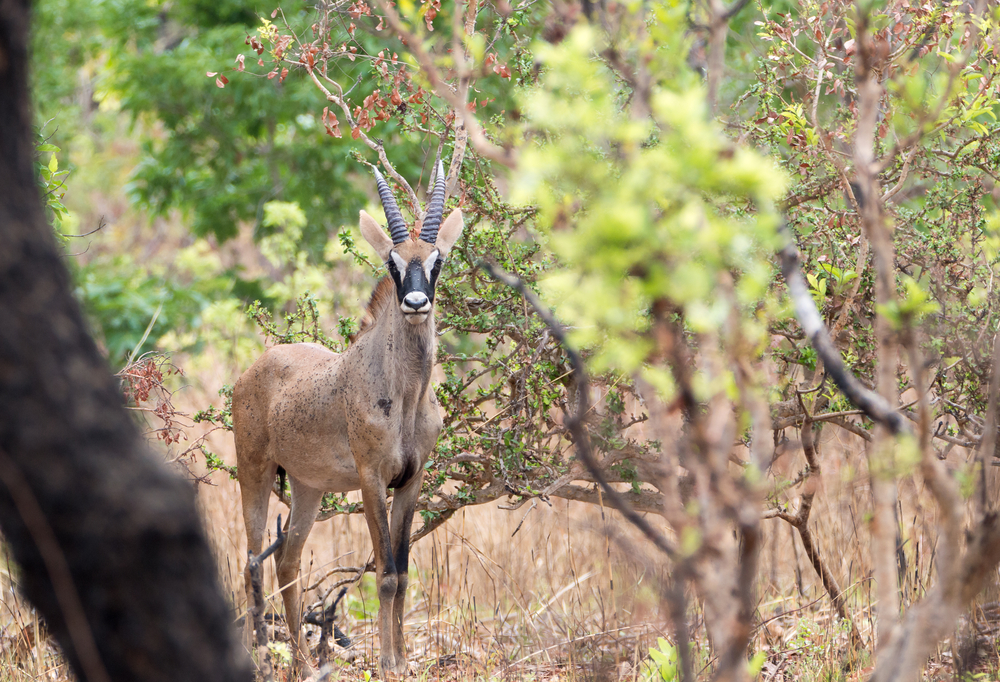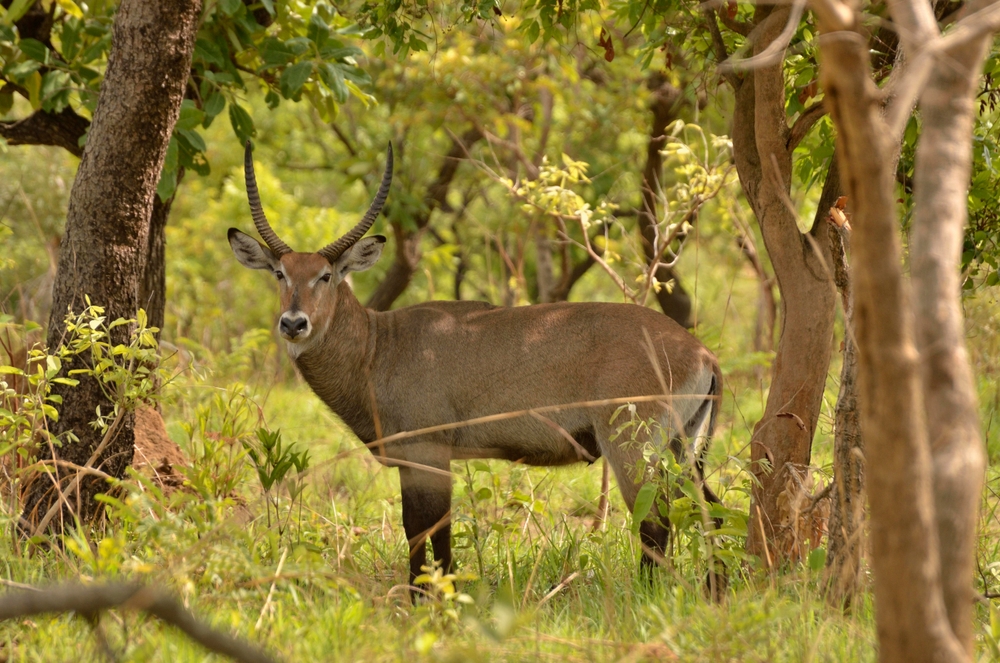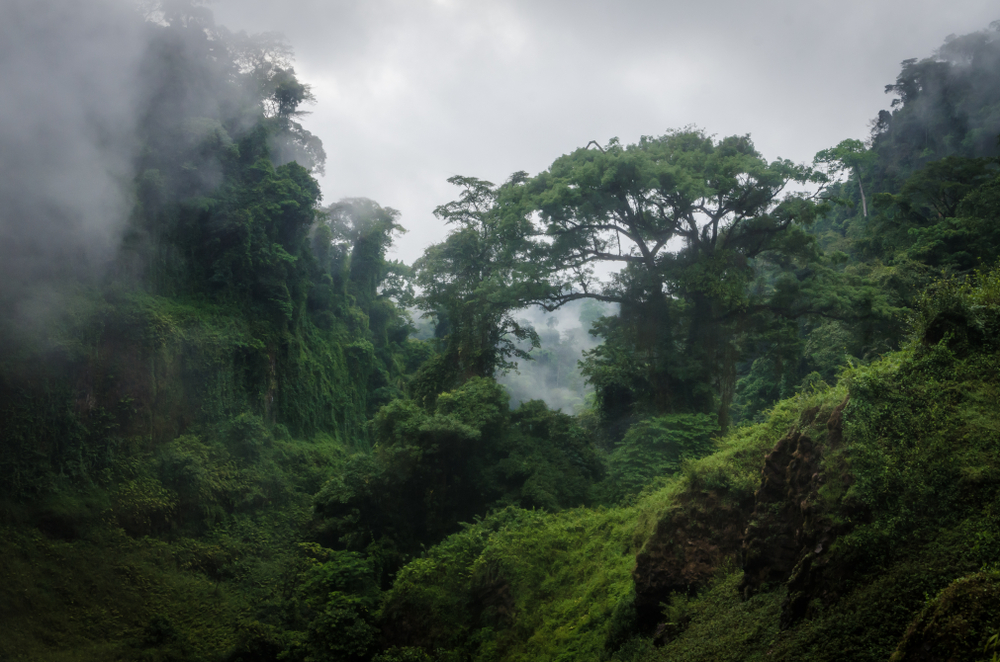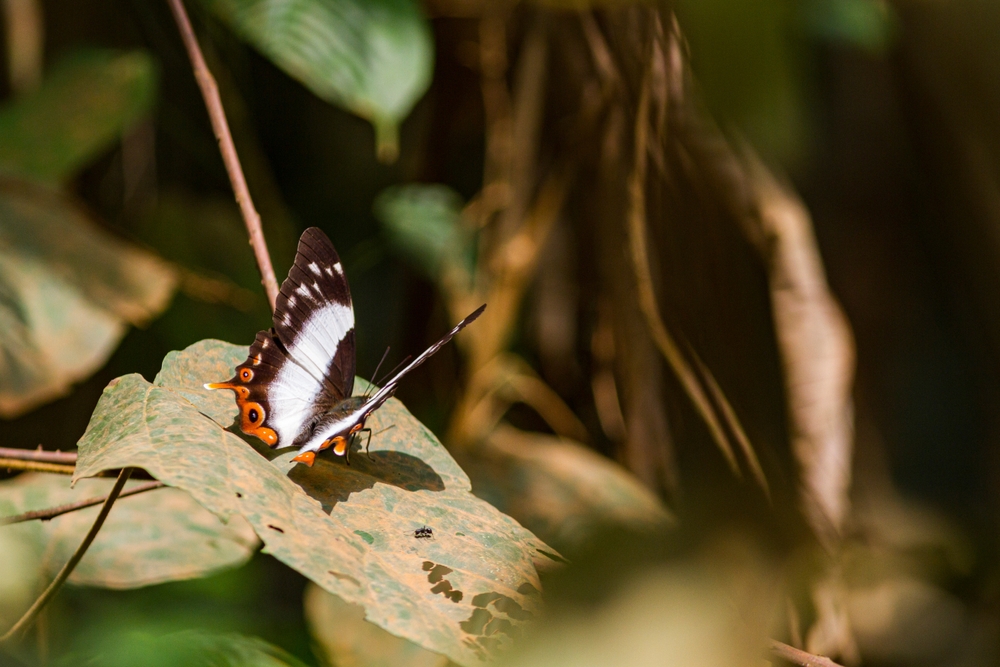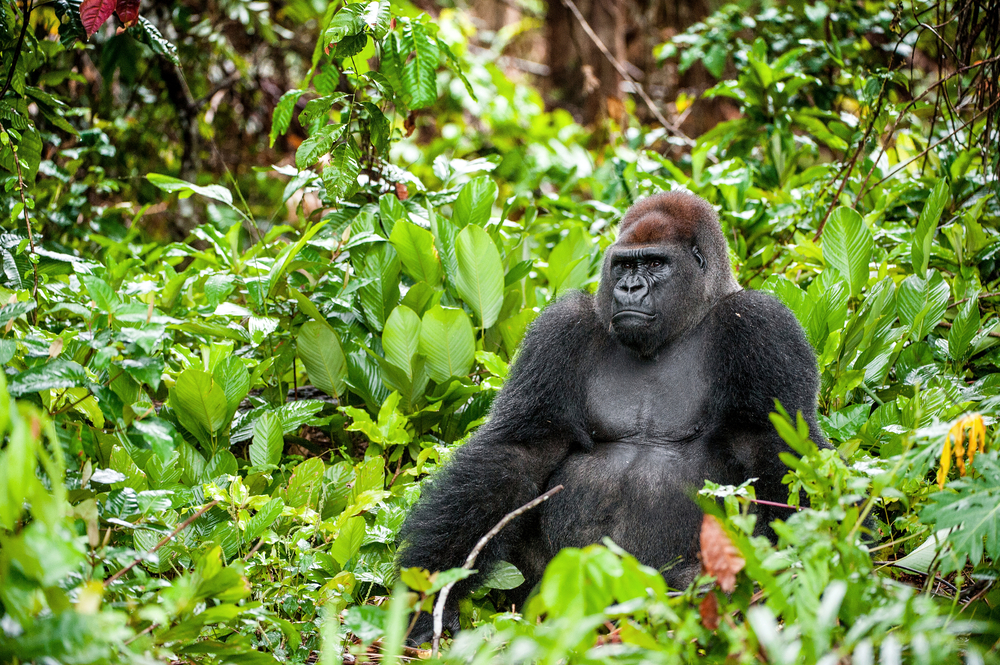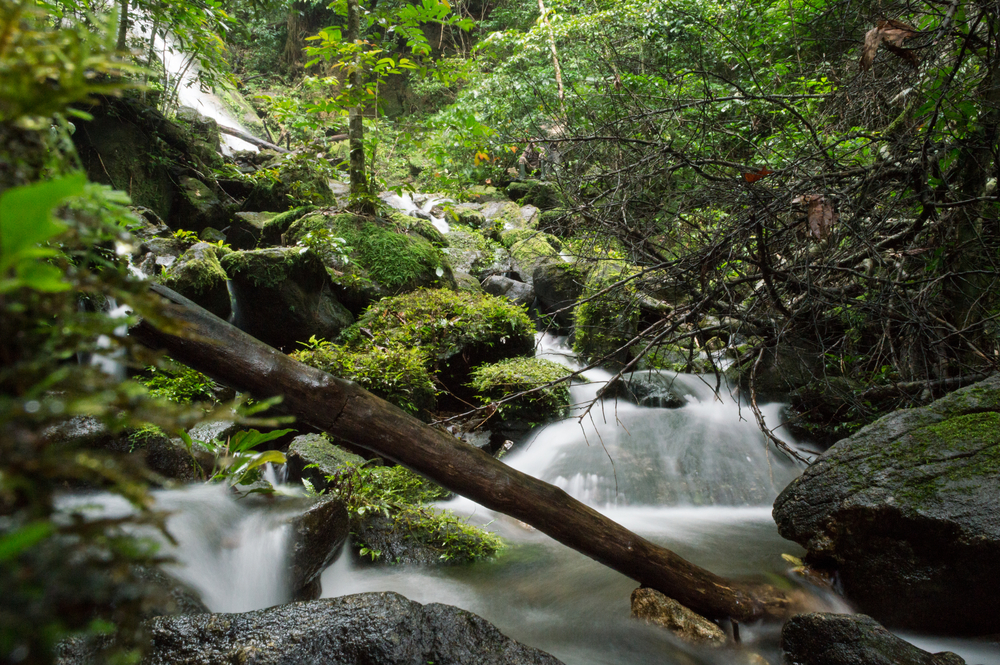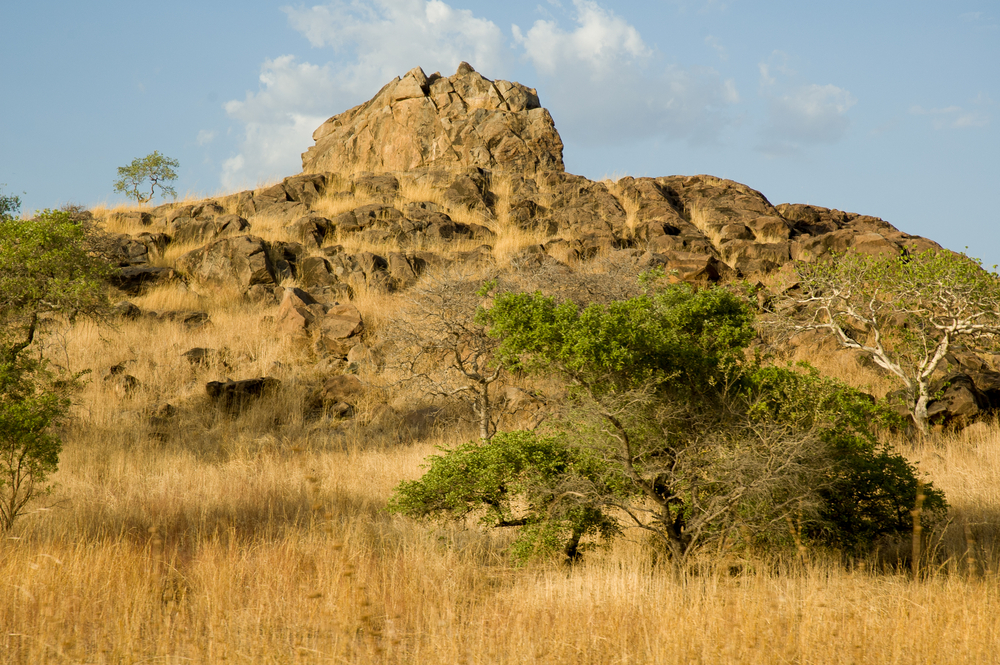Douala Edéa Overview
Douala-Edéa National Park, locally known as “Parc National de Douala-Edéa”, is one of Cameroon’s most significant coastal conservation areas. Situated in the Littoral Region, the park encompasses a unique combination of marine and terrestrial ecosystems. Initially established as a wildlife reserve in 1932 and upgraded to a national park in 2018, it spans approximately 2,620 square kilometers (1,011 square miles). Douala-Edéa is a vital biodiversity hotspot, providing sanctuary to rare and endangered species while supporting vital ecological processes.
The park’s terrain is a blend of coastal lagoons, mangroves, savannas, tropical rainforests, and estuaries. The estuaries of the Sanaga and Wouri rivers dominate the landscape, creating rich wetlands that are crucial for aquatic and terrestrial life. The dense mangrove forests, among the largest in West Africa, act as natural barriers against coastal erosion while serving as nurseries for marine species. The rainforest areas are home to towering trees and a rich understory, supporting diverse wildlife.
Douala-Edéa National Park is a haven for biodiversity. The park is home to forest elephants, chimpanzees, and manatees, as well as the endangered sea turtles that nest along its coastal areas. Aquatic ecosystems support dolphins, crocodiles, and numerous fish species, making the park critical for marine conservation. Bird species, including African fish eagles, pelicans, and herons, thrive in its wetlands and forests, creating opportunities for birdwatching. Reptiles, amphibians, and invertebrates also inhabit the park, adding to its ecological richness.
Visitors to Douala-Edéa National Park can enjoy a range of activities that highlight its natural beauty. Guided boat tours through the mangroves and estuaries offer chances to observe aquatic species and explore the unique coastal ecosystems. Forest treks allow for wildlife observation and birdwatching, with opportunities to see primates and rare bird species. The park’s beaches provide a serene setting for relaxation and turtle-watching during nesting seasons. Educational tours and interactions with local communities offer insights into traditional practices and sustainable resource use, enhancing the visitor experience.
Despite its ecological importance, Douala-Edéa National Park faces challenges that threaten its biodiversity. Overfishing, pollution, and habitat destruction from logging and urban expansion pose significant risks. The illegal trade of wildlife further endangers key species. Conservation efforts, led by the Cameroonian government and international organizations, focus on protecting habitats, enforcing anti-poaching laws, and promoting community-based conservation. Eco-tourism initiatives are being developed to generate income while raising awareness about the park’s importance.
Douala-Edéa National Park is a vital component of Cameroon’s natural heritage, showcasing the country’s rich coastal biodiversity and the interconnection of marine and terrestrial ecosystems. Protecting this park is essential for preserving its unique habitats, supporting global biodiversity, and ensuring sustainable livelihoods for local communities. Douala-Edéa stands as a symbol of the balance between conservation and human development.








































































